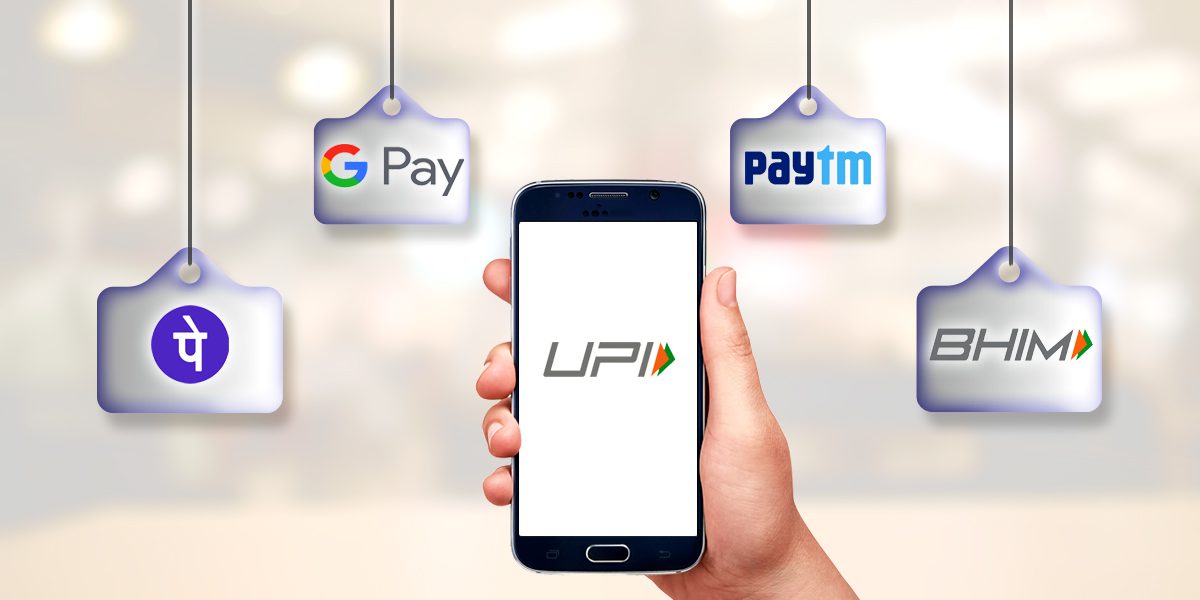Understanding UPI Users’ Sentiments on Transaction Fees
In the rapidly evolving landscape of digital payments, the Unified Payments Interface (UPI) has emerged as a game-changer. Its seamless and instant fund transfer capabilities have revolutionized the way we transact. However, recent discussions around introducing transaction fees have sparked debates. A recent survey sheds light on a critical aspect: transaction fees. Let’s explore the survey findings and their implications.
Survey Findings: A Resounding Opposition to Transaction Fees
According to a comprehensive survey conducted by LocalCircles, a pollster specializing in governance and public issues, 73% of UPI users are vehemently opposed to the idea of charging transaction fees for UPI transactions123. These findings are significant, considering that UPI recorded a transaction value of over ₹16 lakh crore in February 2024, a substantial increase from the previous year4.
 Why the Resistance?
Why the Resistance?
1. User Willingness to Bear Transaction Fees:
Only 23% of surveyed UPI users are open to paying a transaction fee. A significant 73% of respondents expressed that they would stop using UPI if such fees were introduced. For them, the allure of UPI lies in its cost-effectiveness and convenience. Introducing fees could disrupt this delicate balance and drive users away. These insights are based on responses from users who conduct more than 10 UPI transactions per month.
2. The Importance of Zero Transaction Fees:
UPI’s popularity stems from its zero transaction fees. If fees were implemented, users would likely reduce their UPI usage or abandon it altogether, depending on the fee amount.

3. Existing Instances of Fees
Some platforms and merchants already impose convenience or transaction fees on UPI transactions. For instance, the Indian Railways Catering and Tourism Corporation (IRCTC) charges a Rs20 convenience fee for UPI payments. Other payment gateways have also been reported to levy transaction fees, impacting user behavior.
4. Merchant Discount Rate (MDR):
Fintech companies have long advocated for an MDR on UPI payments. MDR is the rate charged to merchants for payment processing services. However, users argue that they shouldn’t bear this burden, especially since fintech companies don’t generate revenue directly from these transactions.

The Way Forward
-
Transparent Communication: The Reserve Bank of India (RBI) released a discussion paper on tiered structure charges for UPI payments. Clear communication from regulatory bodies and financial institutions is crucial to address user concerns.
-
Balancing Revenue and User Experience: While fintech companies seek revenue, it’s essential to strike a balance. Implementing fees should not compromise the user experience or discourage adoption.
-
User-Centric Approach: Policymakers and industry stakeholders must prioritize users’ interests. Any fee structure should align with user expectations and affordability.
Conclusion
As UPI continues to thrive, maintaining its fee-free model is crucial. Any move toward transaction fees must be carefully considered, keeping user sentiments in mind. Let’s ensure that UPI remains accessible, convenient, and cost-effective for all. Feel free to adapt this revised version for your blog, and let me know if you need further refinements or additional details! 🌟💡
Note: This article is based on survey data and industry trends. The opinions expressed here do not constitute financial advice.
Sources:
- Survey suggests over 70% users will stop using UPI if transaction fee is levied1
- 73% will stop using UPI if transaction fee is charged, reveals survey2
- Majority of users to stop using UPI if it attracts transaction fee: Survey3
- Transaction value data from the National Payments Corporation of India (NPCI) 4
Also Read:
- RBI and Nepal Rastra Bank Collaborate for UPI-NPI Linkage to Boost Cross-Border Digital Payments
- Safeguarding Your Finances: Understanding UPI Frauds and Mitigating Risks
